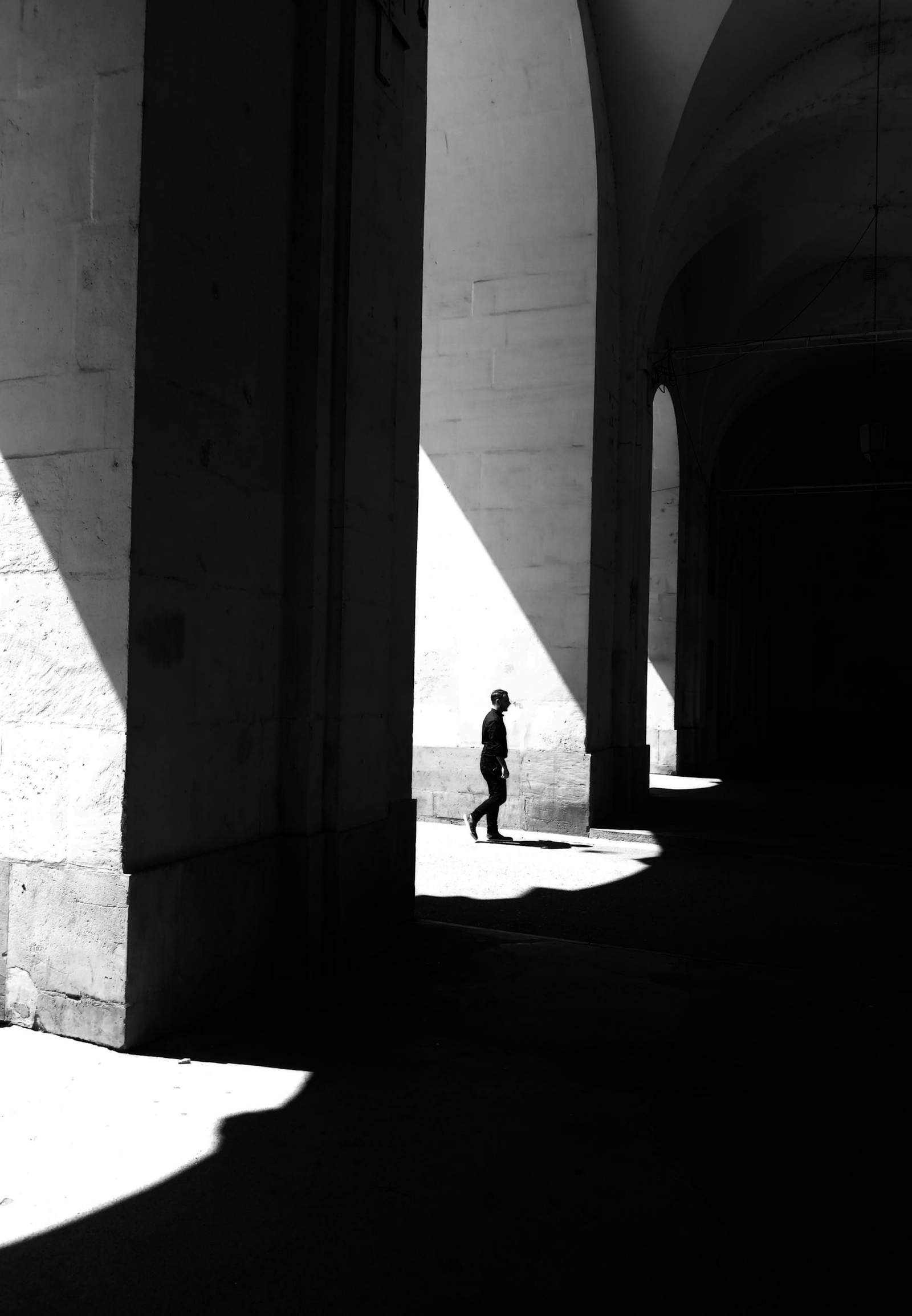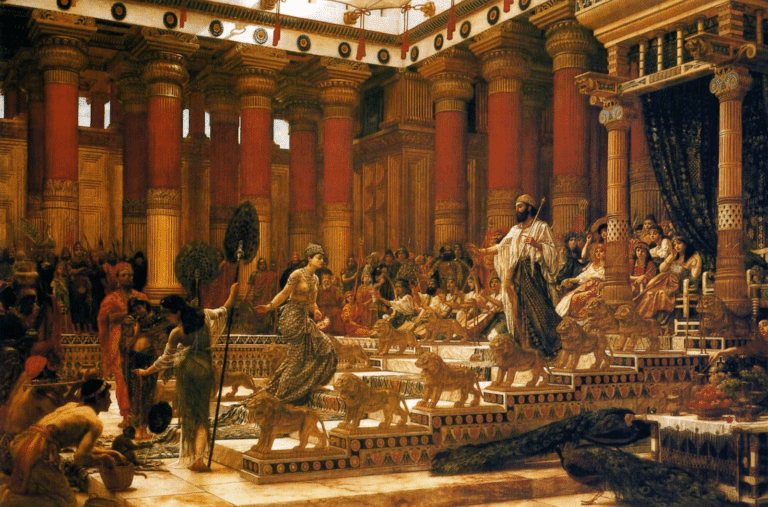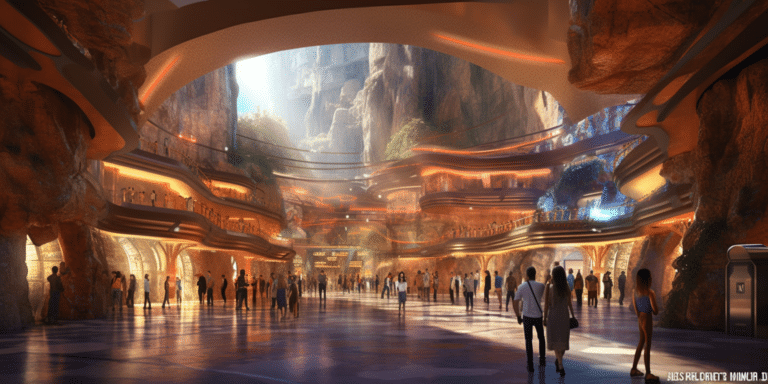The Poetic Depiction of Architecture: A Journey Through Time and Space
Throughout history, architecture has been more than just a backdrop to human life; it has been a source of inspiration, a testament to ingenuity, and a repository of memory. For poets, architecture has often been a muse, a way to anchor their emotions and observations in the tangible world. From the ancient verses of pre-Islamic Arabia to the elaborate descriptions of Andalusian palaces, and the reflections of European poets on Islamic architecture, the poetic depiction of buildings and landscapes bridges the realms of art, literature, and cultural identity. This article delves into the relationship between poetry and architecture, tracing its evolution across time and geography.
The Pre-Islamic Era: Evoking the Spirit of the Past
In pre-Islamic Arabia, poets immortalized their emotions and memories through the motif of ruins and abandoned settlements. The “standing on the ruins” tradition (“wuqūf ‘alā al-aṭlāl”) was central to the qaḥįda (classical Arabic ode). Through these verses, poets turned the remnants of homes, walls, and villages into metaphors for the passage of time and the impermanence of human endeavor.
One of the most famous examples comes from the poet Imru’ al-Qais, who begins his celebrated ode:
“Stop, let us weep at the ruins of the beloved’s abode,
Between al-Dukhūl and Ḥawmal.”
In these lines, Imru’ al-Qais describes specific locations, such as al-Dukhūl and Ḥawmal, believed to be in present-day Saudi Arabia, and imbues them with emotional resonance. The ruins, often described as weathered by wind and time, stand as witnesses to fleeting joys and lost connections.
The Islamic Golden Age: Architecture as a Symbol of Civilization
With the advent of Islam and the subsequent expansion of the Islamic world, architecture became a symbol of cultural and spiritual expression. Poets in this era turned their attention to the grandeur of cities, mosques, and palaces, describing them with intricate detail and awe.
Al-Mutanabbi and the Splendor of Baghdad
Al-Mutanabbi, one of the greatest poets of the Abbasid era, often celebrated the architectural marvels of Baghdad, the center of the Islamic world. He praised its palaces, gardens, and mosques, blending admiration for their design with reflections on the political and cultural power they symbolized. His poetry captured the essence of Baghdad as a city of learning and beauty.
Andalusian Poets and the Majesty of Alhambra
In Al-Andalus, poets like Ibn Zaydun and Lisan al-Din Ibn al-Khatib brought the grandeur of Andalusian architecture to life in their poetry. Ibn Zaydun, for example, described the luxurious palaces and flowing fountains of Cordoba, while Ibn al-Khatib immortalized the Alhambra in Granada:
“It seems as though the water in its fountains,
Is emerald flowing in cups of gold.”
These vivid descriptions not only highlight the intricate craftsmanship of Andalusian architecture but also its integration with nature, a hallmark of Islamic design.
European Reflections: The Poetic Fascination with Islamic Architecture
During the Renaissance and subsequent centuries, European travelers and poets were captivated by the architecture of the Islamic world. Writers such as John Milton and Lord Byron were inspired by the domes, minarets, and palaces they encountered in their travels or read about in accounts.
John Milton wrote of Damascus:
“Beneath the golden domes of Damascus,
A sight to stir the soul and humble kings.”
These reflections underscore the poetic awe with which Islamic architecture was viewed—not only for its aesthetic beauty but for its representation of a civilization that melded art, science, and spirituality.

Geographic and Temporal Evolution
From the deserts of Arabia to the Iberian Peninsula and beyond, the poetic depiction of architecture reflects not only individual emotions but also broader cultural and historical contexts. In pre-Islamic Arabia, the focus was on the ruins that symbolized loss and transience. During the Islamic Golden Age, the emphasis shifted to the celebration of urban grandeur and spiritual achievements. By the time of the European Renaissance, Islamic architecture had become a symbol of exoticism and inspiration for Western artists and thinkers.
The Interplay of Poetry and Architecture
At its heart, poetry and architecture share a common purpose: to communicate, to move, and to preserve. Poetry uses words to paint images and evoke emotions, while architecture uses forms, materials, and spaces to tell stories and create experiences. The enduring bond between the two is a testament to the human desire to connect the tangible with the intangible, the temporal with the eternal.
Conclusion: Poetry as a Lens for Understanding Architecture
The poetic depiction of architecture offers a unique lens through which to understand not only buildings but the societies that created them. From the poignant ruins of pre-Islamic odes to the intricate descriptions of Andalusian palaces and the reflections of European poets, this relationship continues to enrich our appreciation of both art forms. In the words of Al-Mutanabbi, “Art is long, and life is short.” Through poetry and architecture, humanity ensures that its legacy endures.
Explore more in-depth architectural content through our main sections:
- Competitions: Stay updated on the latest architectural competitions and opportunities from around the world.
- Events: Discover global architectural events and exhibitions to broaden your knowledge.
- News: Catch up with the latest updates and trends in the architectural industry.
- Building Materials: Dive into technical insights and data sheets on cutting-edge building materials.







